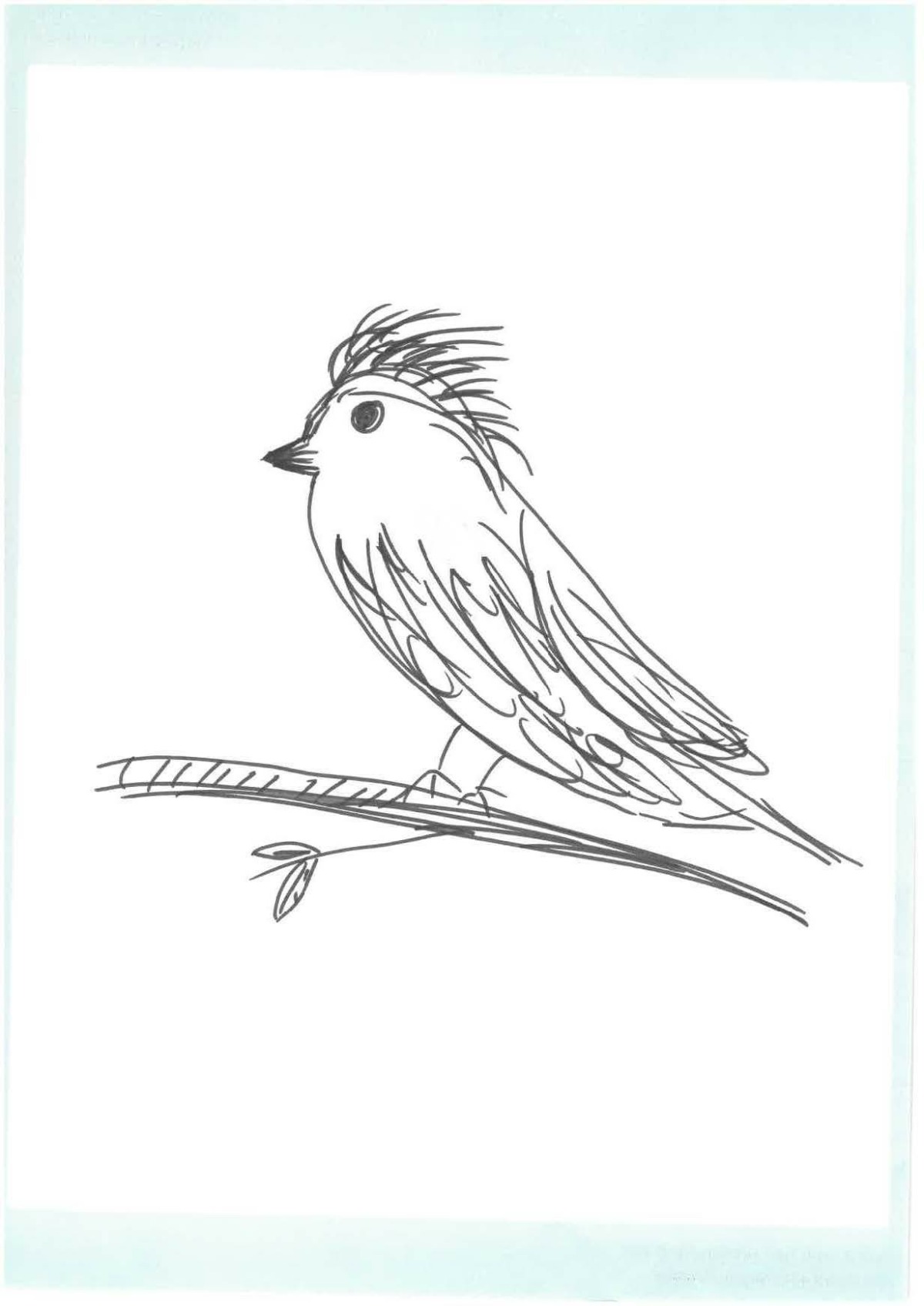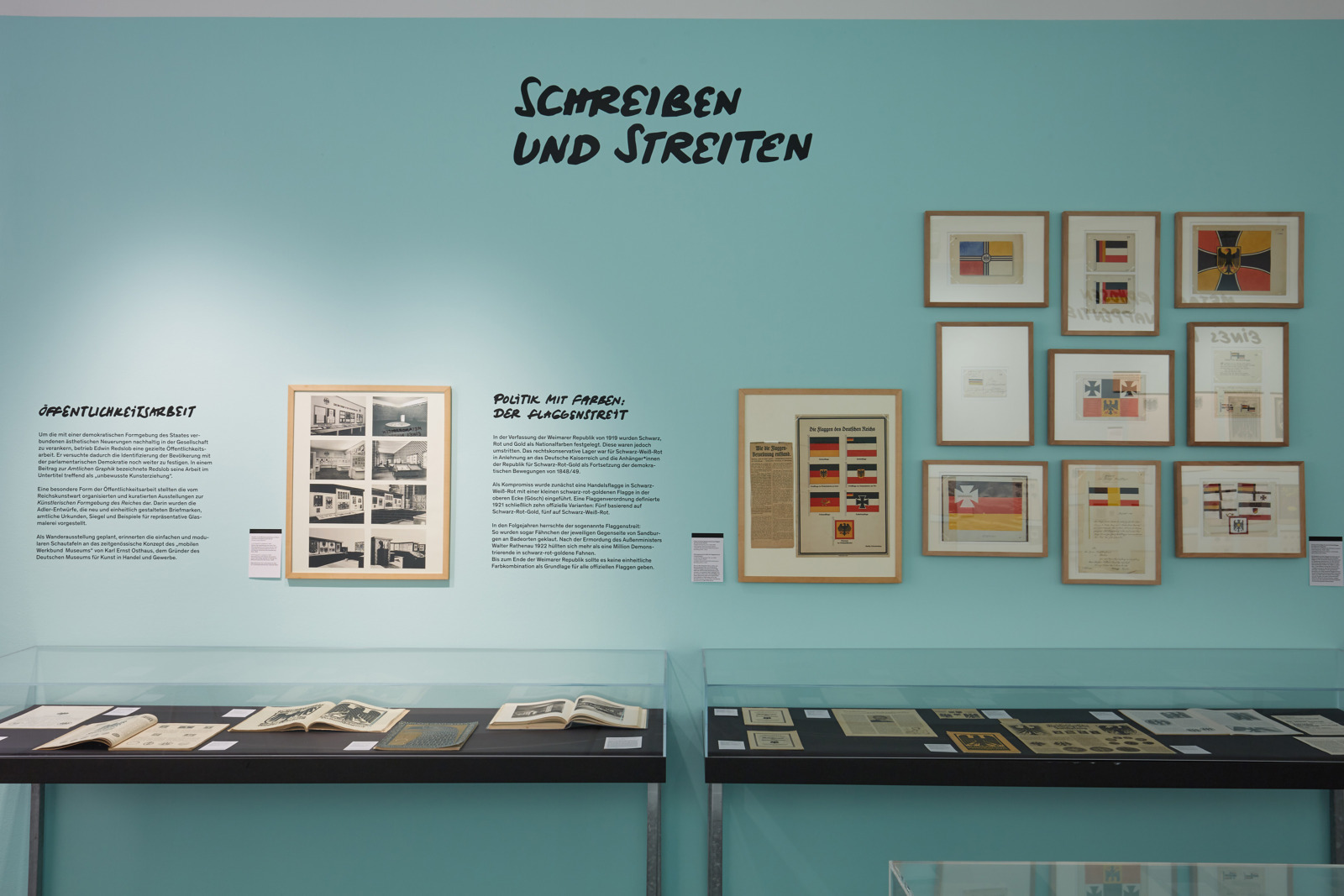What influence did Expressionism and Objective Modernism exert on the state aesthetics of the first German democracy? How were decisions concerning the design of national emblems such as the eagle and the flag made?
The art historian and Werkbund member Edwin Redslob held the historically unique office of Reichskunstwart, or “national custodian of art”, in the Weimar Republic. In that capacity, he tried to apply principles of modern design to shape a national visual identity – in coats of arms, signs, banknotes, postage stamps, documents, and seals. All of the state emblems were to be redesigned to reflect the new parliamentary democracy and distinguish it from its predecessor, the German Empire.
The Werkbundarchiv – Museum der Dinge explores Redslob’s estate to trace the decision-making processes, both political and artistic, examining the conditions and necessities of his time and ours. What purposes are served by national emblems such as the imperial eagle – or the federal eagle of today? What are their meanings for each individual citizen, and for the society?
Invitation to regular evening tours and discussions with curators*:
Every Thursday at 7 pm the Werkbundarchiv – Museum der Dinge offers a free guided tour (with regular admission) through the special exhibition. Up to 10 people can participate.














